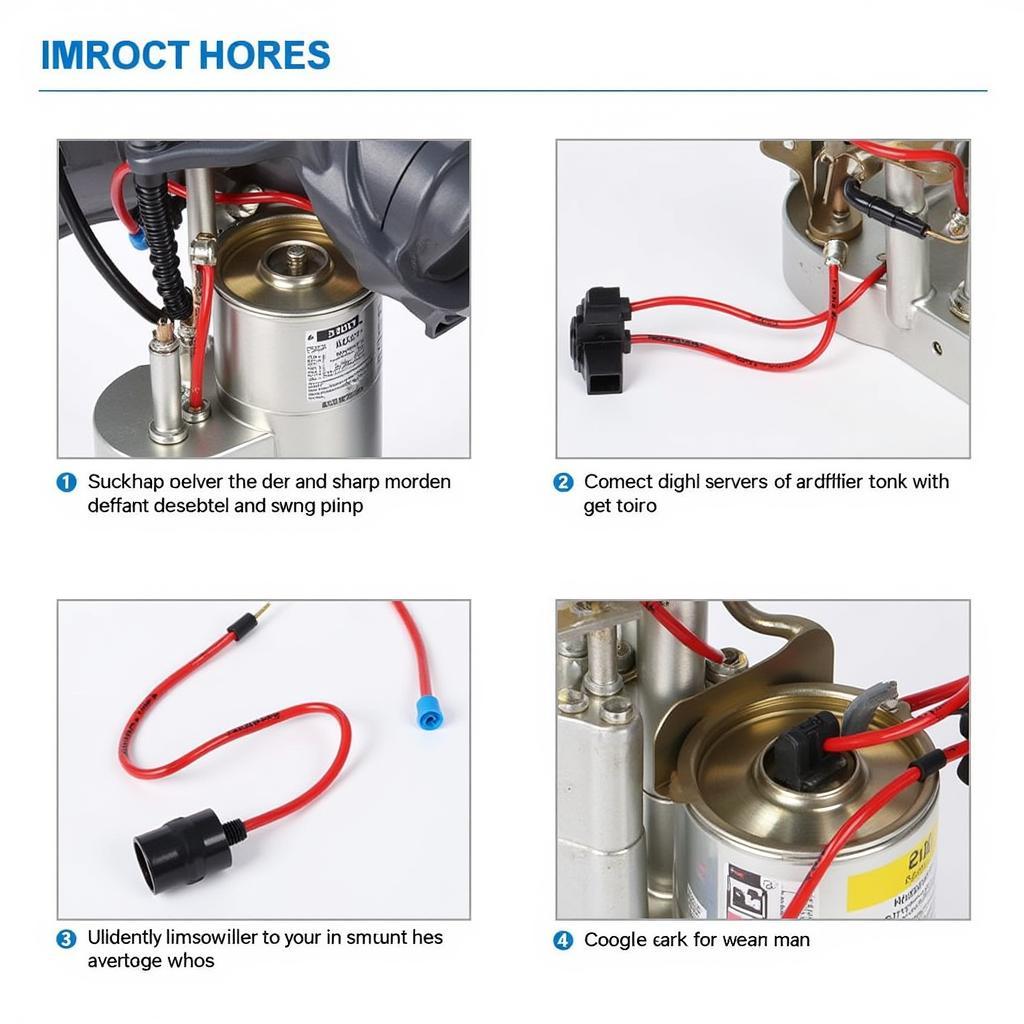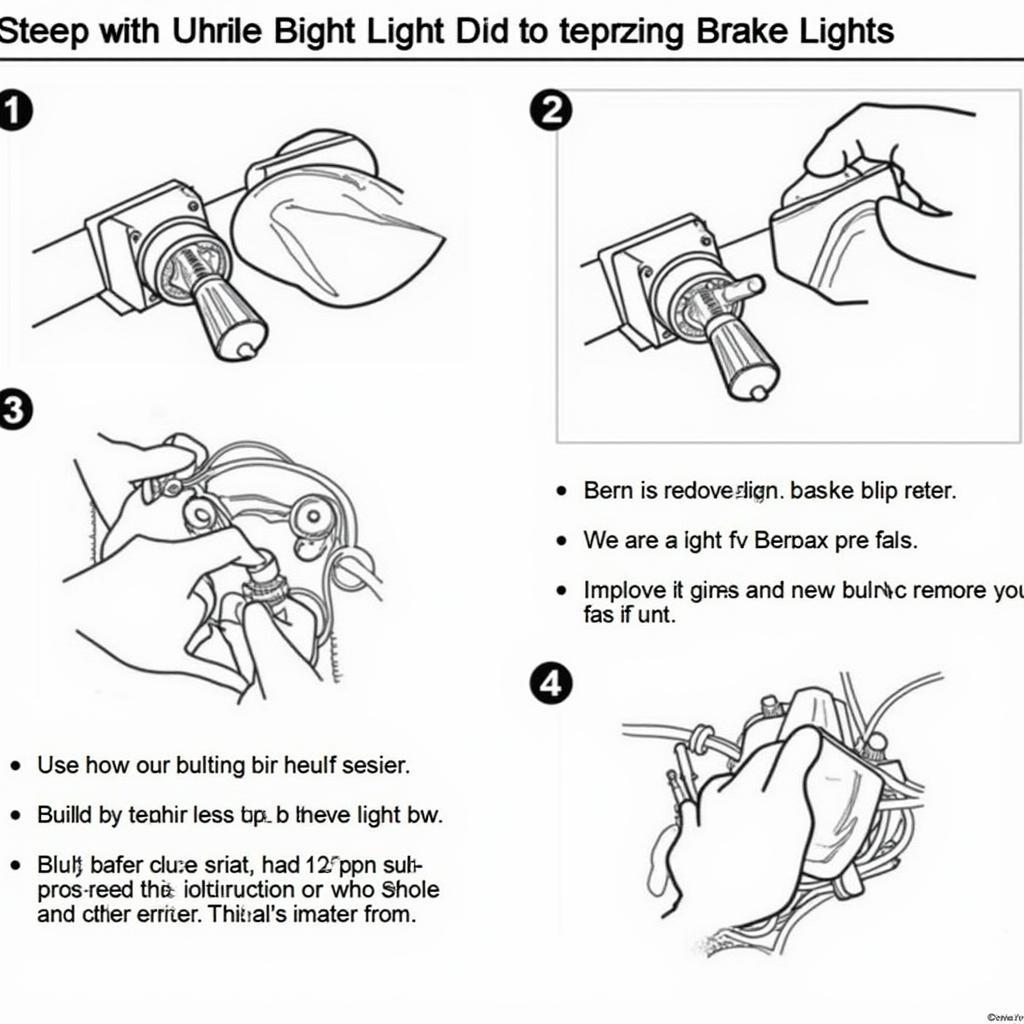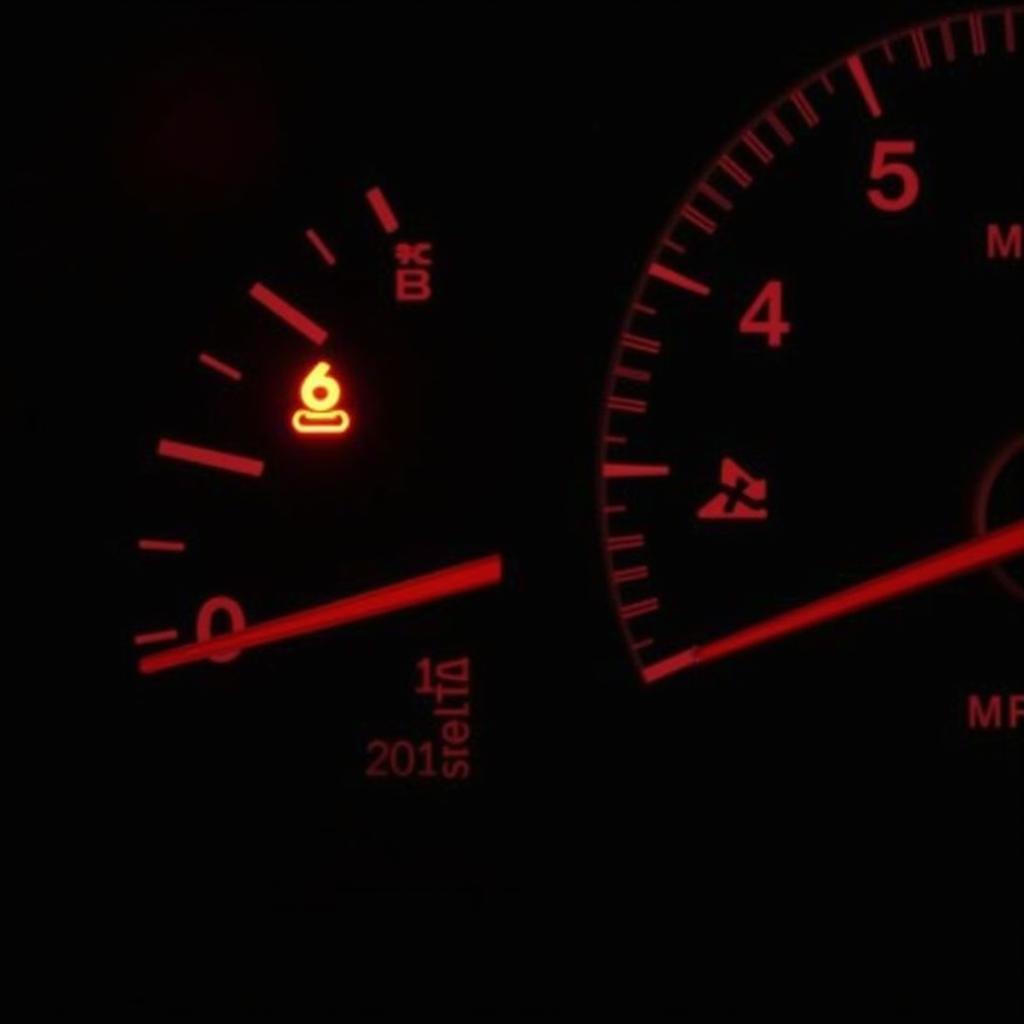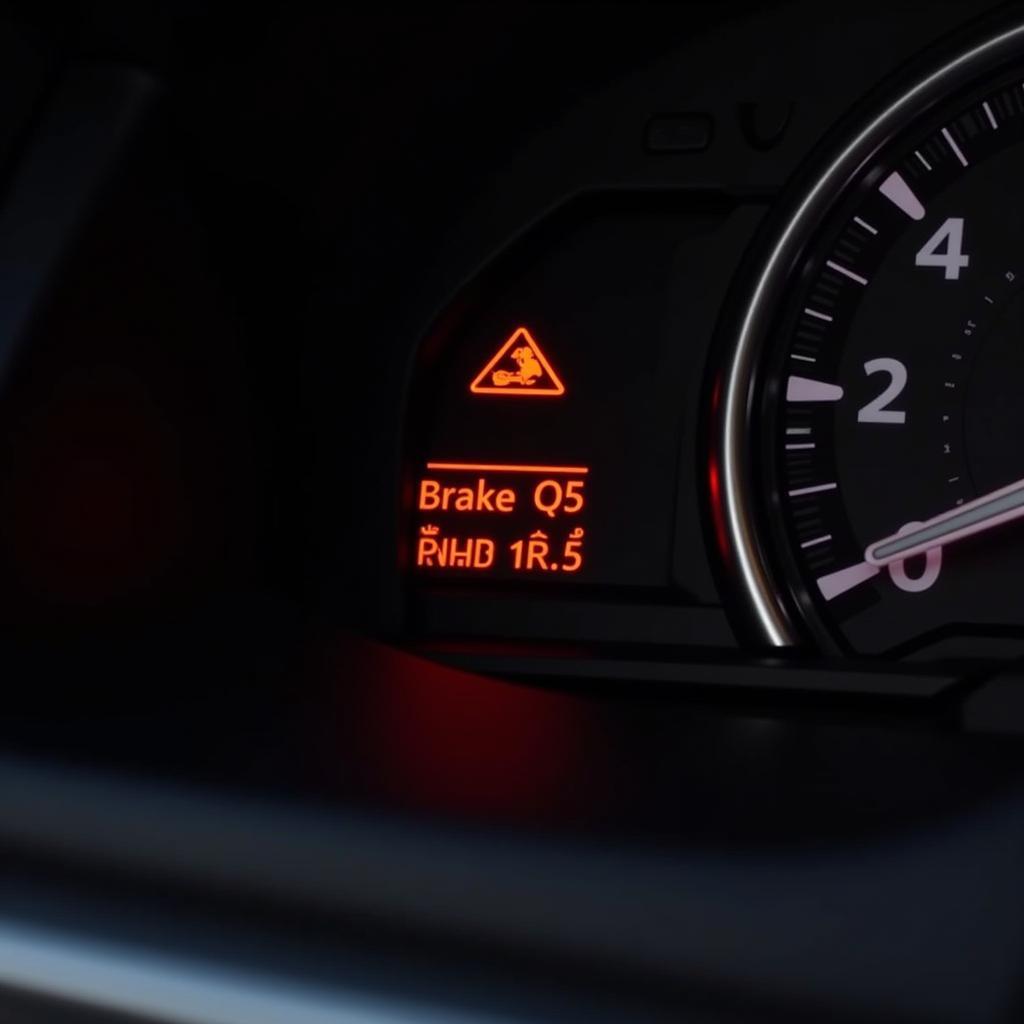If your 2002 Tahoe is displaying a low fuel light alongside a brake light warning, you’re likely experiencing a common issue that can be easily diagnosed and fixed. This dual warning often indicates a problem within the electrical system, rather than separate fuel and brake issues. This article will guide you through the potential causes, diagnostic steps, and solutions for this problem, empowering you to get your Tahoe back on the road safely.
Understanding the Dual Warning: Low Fuel and Brake Lights
Why would a low fuel light illuminate simultaneously with a brake light warning? The answer often lies in a shared electrical circuit or a malfunctioning sensor. These two systems, though seemingly unrelated, can be interconnected, and a fault in one can trigger a warning in the other. This is particularly true in older vehicles like the 2002 Tahoe. Ignoring this dual warning can lead to further complications, so prompt diagnosis is crucial.
One of the most common causes is a faulty fuel level sensor. This sensor, located in the fuel tank, communicates the fuel level to the instrument cluster. If the sensor malfunctions, it can send erratic signals, triggering both the low fuel light and, in some cases, the brake light warning due to voltage fluctuations. Another possibility is a failing fuel pump. A weak or failing fuel pump can cause similar electrical irregularities, leading to the dual warning lights illuminating on your dashboard.
It’s crucial to rule out the more serious potential issue of low brake fluid. While less common in the context of a dual warning with the low fuel light, low brake fluid can trigger the brake warning light and significantly compromise your braking ability.
After checking your brake fluid level, you should inspect the wiring and connections related to the fuel system and brake lights. Corrosion, loose connections, or damaged wiring can disrupt the electrical signals, leading to false warnings.
Diagnosing the Problem: A Step-by-Step Guide
- Check the Brake Fluid: First, ensure your brake fluid level is adequate. Low brake fluid is a serious safety concern and needs immediate attention.
- Inspect the Fuel Gauge: Does the fuel gauge reading correspond with the low fuel light? If the gauge shows a reasonable amount of fuel while the light is on, it points towards a sensor or electrical issue.
- Check the Brake Lights: Verify if all your brake lights are functioning correctly. If one or more brake lights are out, this could be the primary cause of the warning.
- Inspect the Wiring: Carefully examine the wiring and connections related to the fuel pump, fuel level sensor, and brake lights. Look for any signs of damage, corrosion, or loose connections.
 Inspecting the Fuel Pump and Related Components in a 2002 Chevy Tahoe
Inspecting the Fuel Pump and Related Components in a 2002 Chevy Tahoe
Solutions and Repairs
Once you’ve diagnosed the problem, the solution could range from a simple fix like tightening a loose connection or replacing a burnt-out bulb to a more complex repair involving replacing the fuel level sensor or fuel pump.
“Often, the issue is a simple wiring problem,” says John Miller, a certified automotive technician with over 20 years of experience. “A thorough inspection of the wiring harness can save you time and money.”
If you’re not comfortable working on your vehicle’s electrical system, it’s best to seek professional help. A qualified technician can accurately diagnose the issue and perform the necessary repairs. In some cases, advanced diagnostic tools and specialized software may be required to pinpoint the exact cause of the problem, especially if it’s related to the vehicle’s computer system.
Remember, addressing this issue promptly can prevent further complications and ensure your Tahoe remains safe and reliable. Regular maintenance and inspections can also help identify potential problems early on, saving you money and hassle in the long run.
 Replacing a Brake Light Bulb in a 2002 Chevy Tahoe
Replacing a Brake Light Bulb in a 2002 Chevy Tahoe
Conclusion
The dual warning of a low fuel light and brake light in your 2002 Tahoe can be concerning, but understanding the potential causes empowers you to take the right steps towards a solution. By following the diagnostic steps outlined in this article, you can identify the root cause and either address the issue yourself or seek professional assistance. Don’t ignore these warnings; addressing them promptly ensures your vehicle’s safety and reliability. 2004 chevy tahoe service brake booster warning situations might offer insights into similar braking system issues.
FAQ
- Could a bad battery cause both the low fuel and brake light warnings? While less likely, a failing battery can cause unusual electrical behavior in your vehicle. It’s worth checking the battery voltage as part of your diagnostic process.
- Is it safe to drive my Tahoe with both warning lights on? It depends on the underlying cause. If the issue is related to a faulty sensor, you might be able to drive for a short period, but it’s best to diagnose and repair the issue as soon as possible. If low brake fluid is the cause, do not drive the vehicle until the issue is resolved.
- How much does it typically cost to replace a fuel level sensor? The cost varies depending on the specific vehicle and labor rates. Consult a qualified mechanic for an accurate estimate.
- Can I replace the fuel level sensor myself? While it’s possible, replacing the fuel level sensor often requires specialized tools and knowledge. If you’re not comfortable working on your vehicle’s fuel system, it’s recommended to seek professional help.
- What if I’ve checked everything and the warning lights are still on? If you’ve exhausted all the basic troubleshooting steps, it’s time to consult a qualified technician. They can use advanced diagnostic tools to pinpoint the exact cause of the problem.
- How can I prevent this issue from happening again? Regular maintenance, including checking your brake fluid level and inspecting your vehicle’s electrical system, can help prevent these types of problems.
- Where can I find more information on my 2002 Tahoe’s electrical system? A 2004 chevy tahoe service brake booster warning resource could potentially provide relevant information, along with your vehicle’s owner’s manual.



